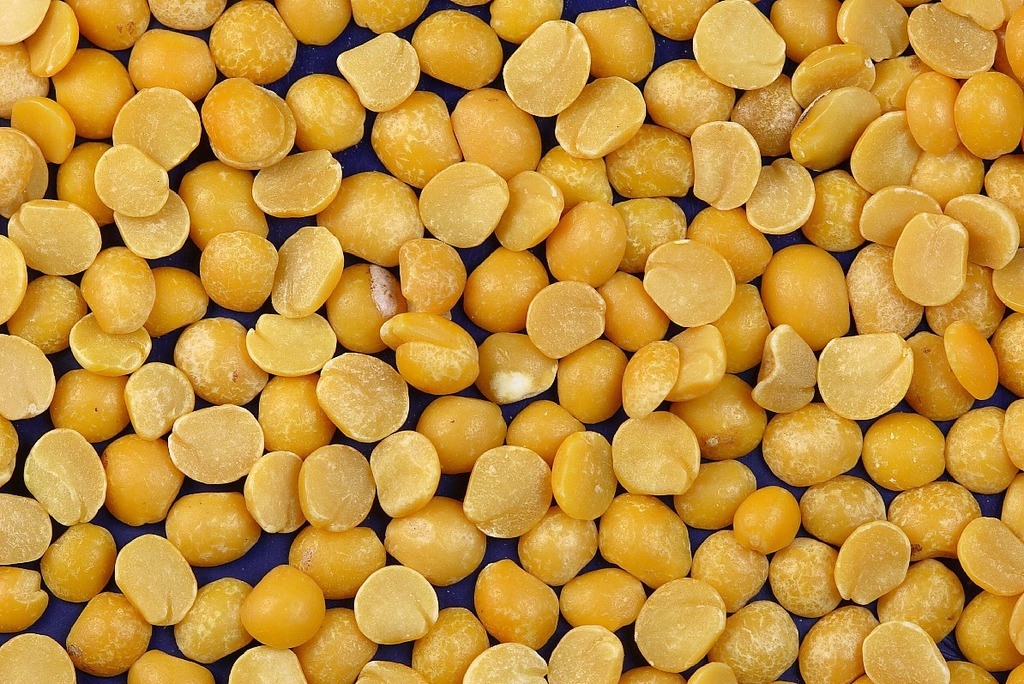Fiber is a carb found in vegetables, fruits, legumes, cereals, and whole-grain bread. Unlike other carbohydrates, this one can’t be digested in the small intestines, so it passes through the digestive tract without being absorbed into the bloodstream.
Generally, fiber can be Mayo Clinic. The soluble type slows down digestion by becoming a gel in the intestines and trapping certain food elements. The insoluble type, on the other hand, doesn’t break down as much.
It increases the size of the stool and accelerates the passage of food through the digestive system.
But when it comes to diabetes, both types of fiber are good, though the soluble ones are more recommended.
Reasons Why Fiber Is Good
1. Directly Improves Insulin Sensitivity
Consuming a diet high in fiber for weeks or months helps reduce the biomarkers for insulin resistance. That might be because of fiber’s anti-inflammatory effects.
Diet rich in fiber has been linked to lower levels of C-reactive protein in the blood – a systemic inflammation marker.
What’s more, the fermentation process of fiber in the intestinal tract produces short-chain fatty acids which prevent the breakdown of the body’s fat storage into free fatty acids.
And, breakdown of fat storage is crucial for developing insulin resistance in the skeletal muscles.
2. Slows Down the Release of Glucose
The way soluble fiber slows down the digestion is because it takes longer to be broken down into glucose. Consequently, the post-meal release of glucose into the blood is slower after following a high-fiber meal for a longer period.
In other words, following this type of diet prevents significant blood sugar spikes after meals thus reducing the stress on the glucose metabolism process.
3. Informs the Liver to Produce Less Glucose
Besides alerting the body to be more responsive to insulin, the fermentation of fiber suppresses the production of glucose in the liver as well. This, in turn, prevents overproduction of insulin which appears due to insulin resistance.
4. Makes Us Feel Full
Consuming high-fiber meals keeps us full for longer, thus avoiding being hungry between meals. That’s because it adds bulk to our stool, making our stomach more distended.
This, in turn, sends signals to our brain that we’re full, thus suppressing our appetite.
Moreover, the food passes through the digestive tract slower when it consists of soluble fiber, slowing down the absorption of nutrients and increasing satiety. Fiber directly affects the cells in the intestinal wall, thus contributing to the feeling of satiety.
One more fact – most high-fiber foods contain fewer calories.
5. Changes Our Gut Bacteria for the Better
A diet high in fiber changes our gut microbiome (bacteria found in the intestinal tract). These bacteria start consuming more calories from the ingested food, leaving fewer calories to be absorbed by the body.
6. Helps Maintain a Healthy Weight
As we can see, a high-fiber diet changes the gut microbiome and increases satiety, thus preventing excess body fat. In other words, the more fiber-rich foods we consume, the less body fat and body weight we’ll have.
Since following this diet can help us lose some extra pounds, our insulin sensitivity will improve, and our risk of type 2 diabetes will reduce.
Fiber-Rich Foods
Here are the best fiber-rich foods in no particular order:
- Split peas
- Black beans
- Lentils
- Peas
- Artichokes
- Lima beans
- Artichokes
- Turnips
- Peas
- Raspberries
- Broccoli
- Blackberries
- Brussel Sprouts
- Chia seeds
- Figs
- Pears
- Barley
- Avocado
- Oatmeal
Conclusion
Besides improving digestion, maintaining healthy body weight, improving insulin sensitivity, and reducing the risk of type 2 diabetes, a high-fiber diet also helps reduce cholesterol levels and lower the risk of heart disease.
That’s why we should add more of the above-listed foods to our regular diet.
Note – drink plenty of water when eating high-fiber foods to prevent dehydration.


